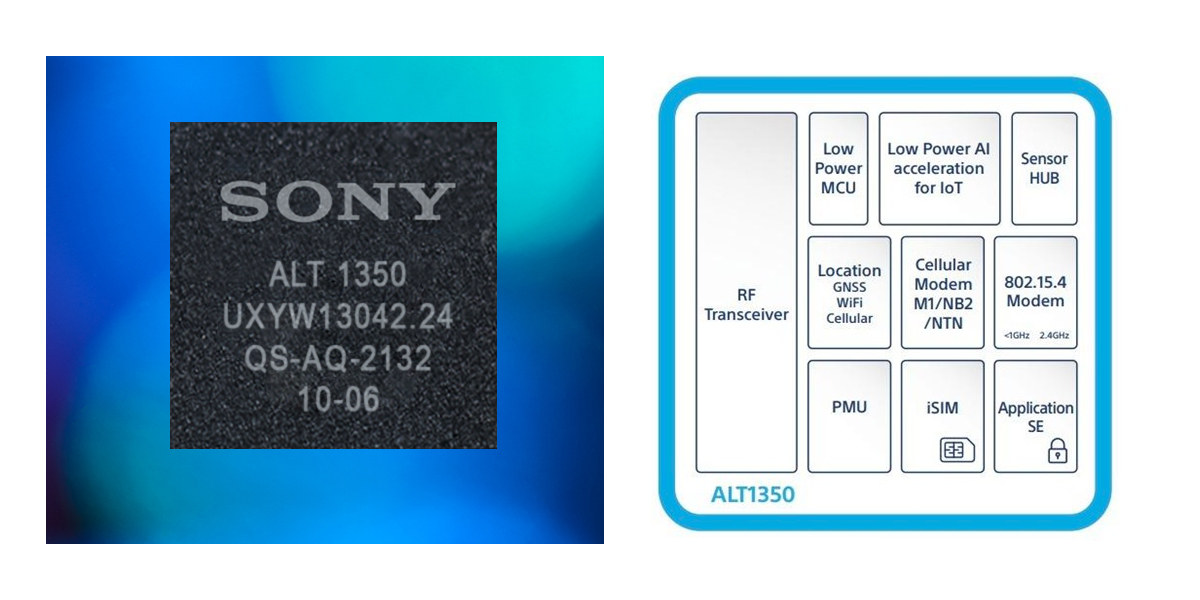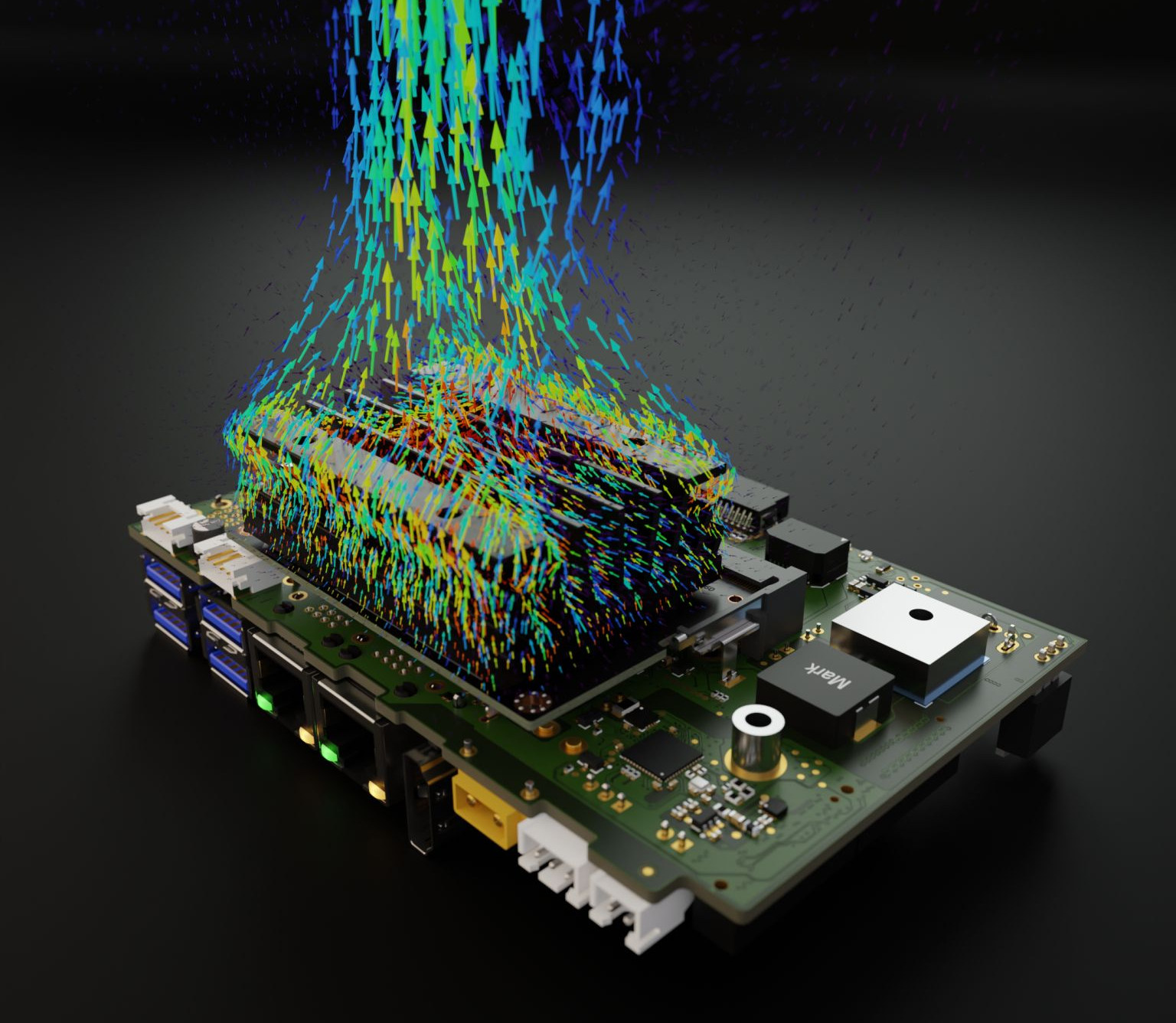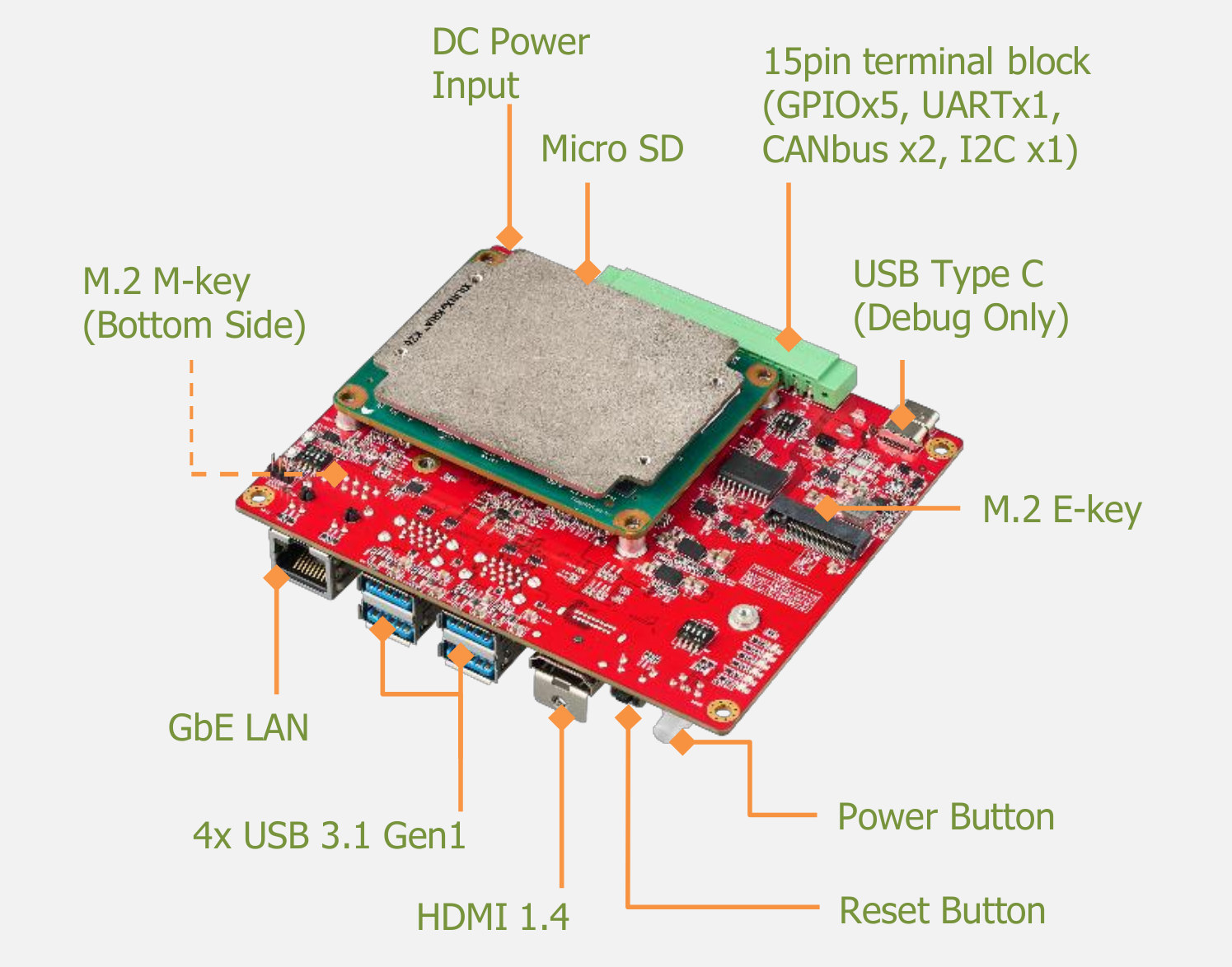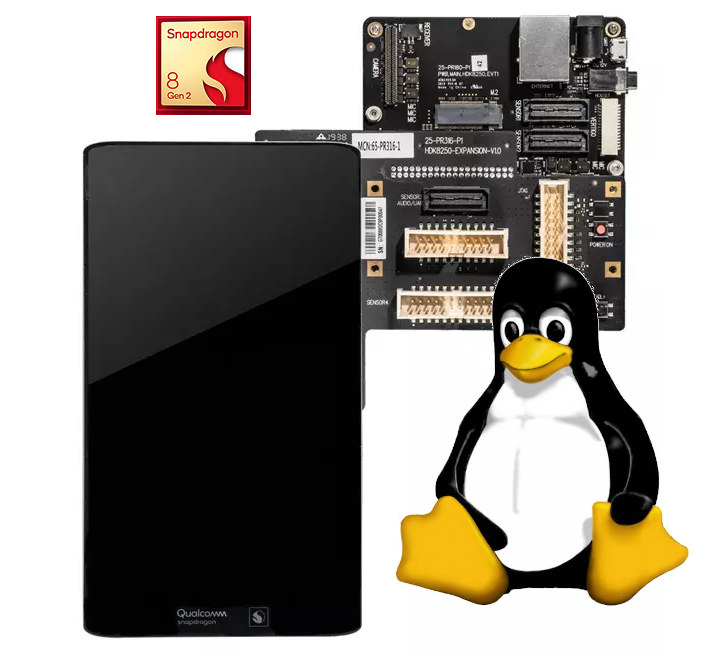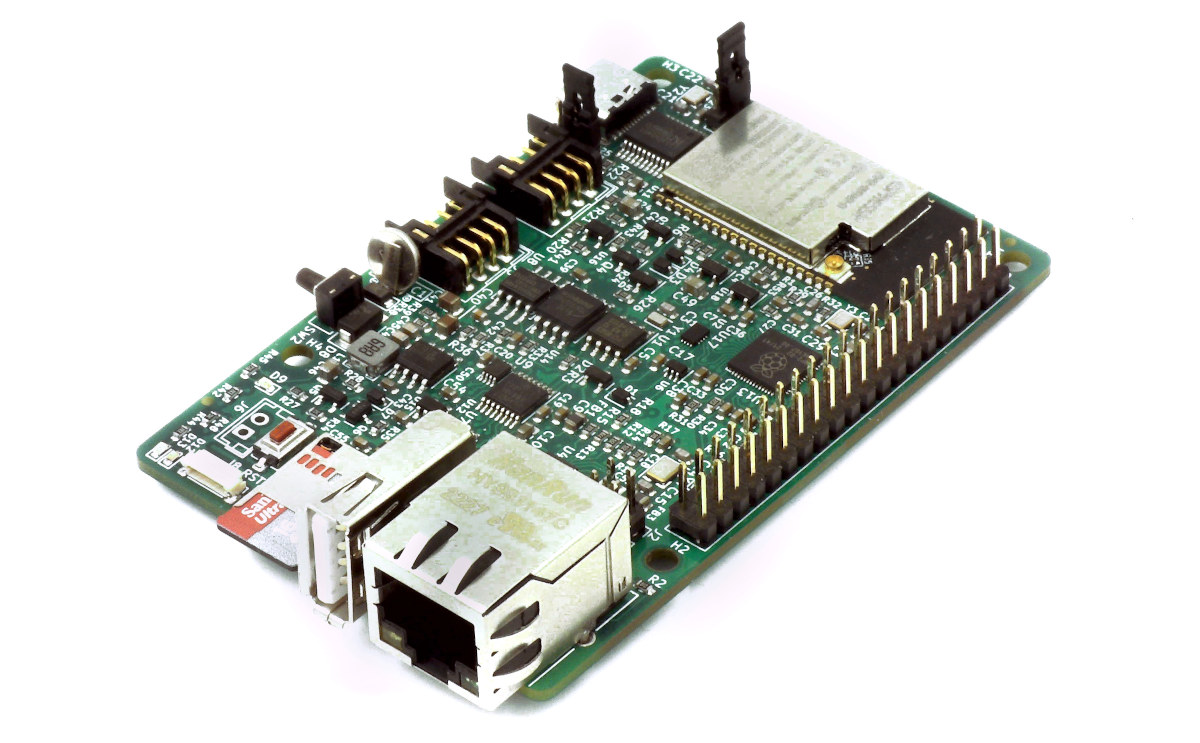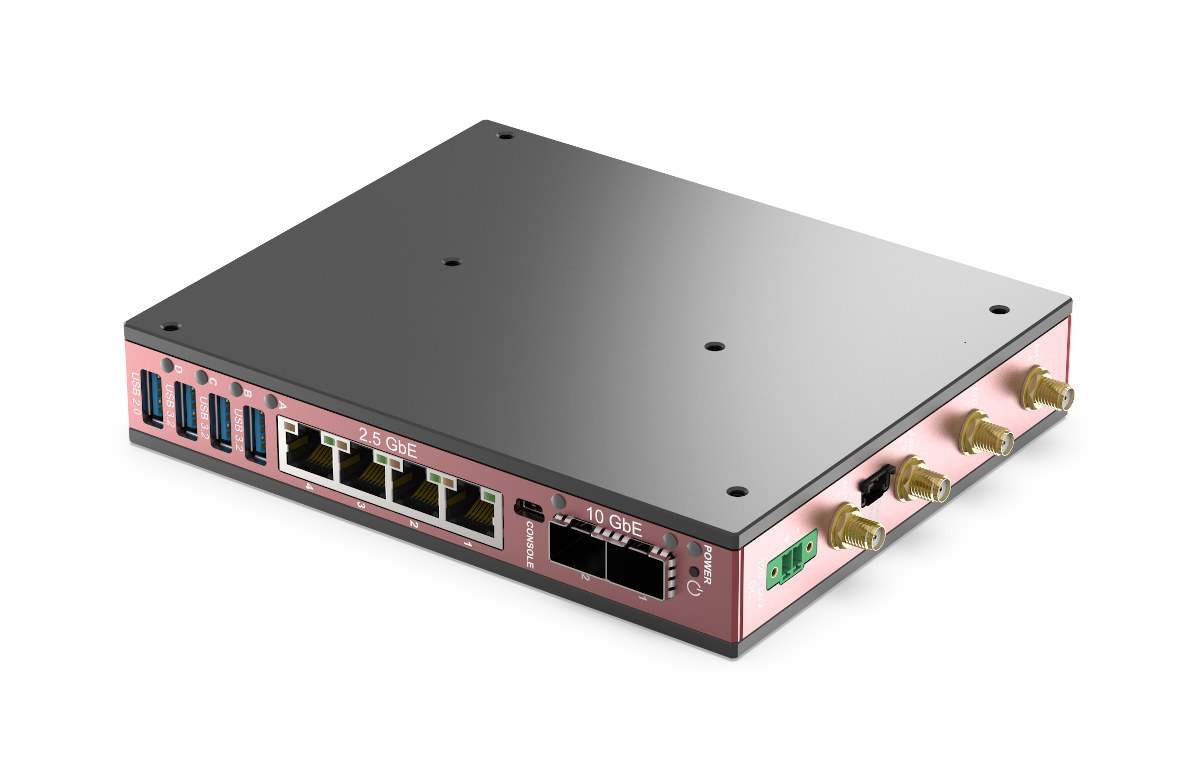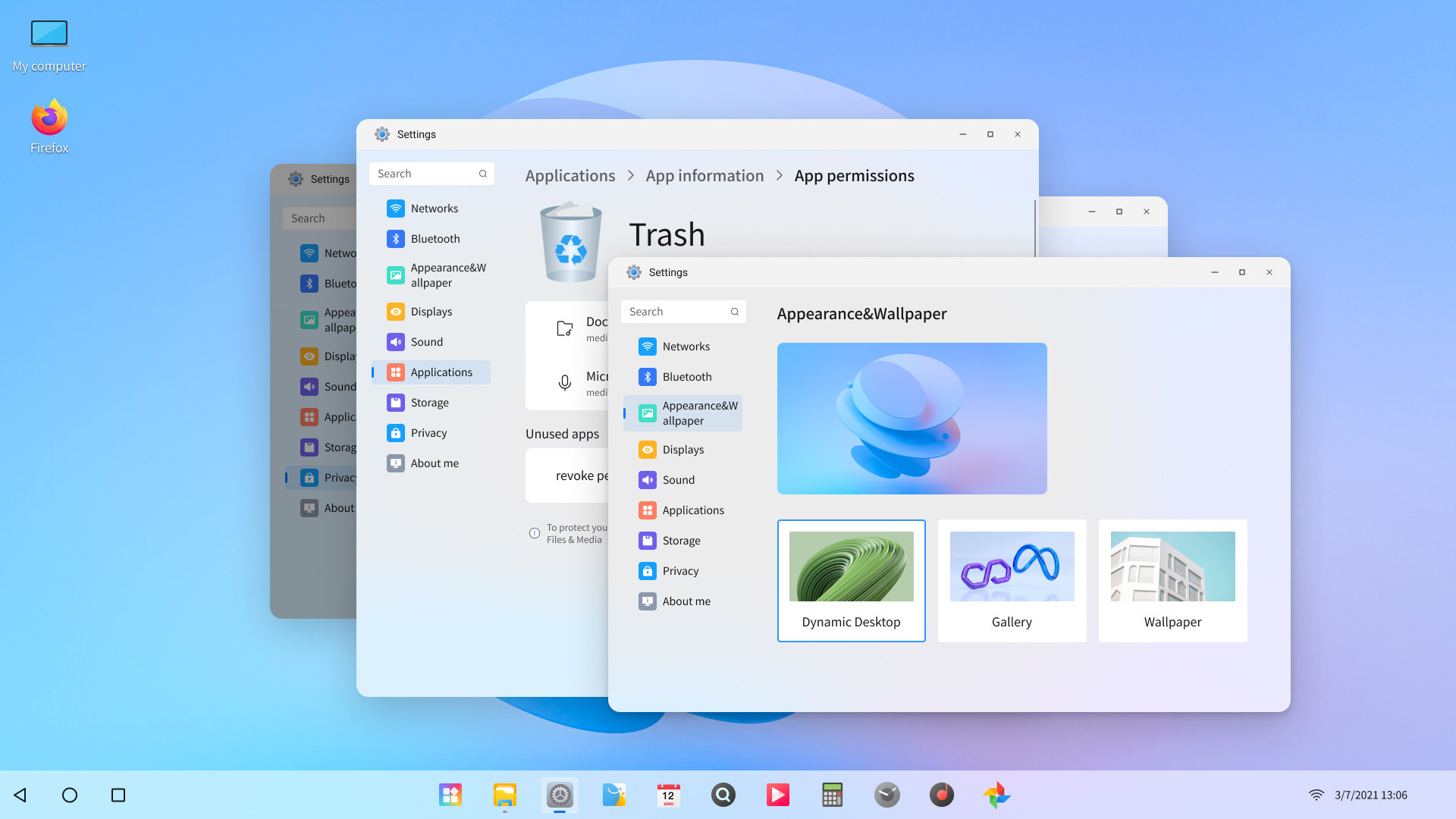Sony ALT1350 is a new ultra-low-power 5G LPWA LTE-M/NB-IoT chip that supports Non-Terrestrial Networks (NTN) for satellite connectivity and also integrates sub-GHz and 2.4 GHz radios for short-range communication and improved efficiency. The chip is comprised of an Arm Cortex-M4 microcontroller core as well as an Arm Cortex-M0+ always-on core for sensors and will be upgradable to 3GPP Release 17 to support higher bitrates for Cat-M1 (eMTC) and Cat-NB2 (NB-IoT). It also implements GNSS, cellular and wifi-based location, supports AI acceleration, and embeds a secure element for secure communication. Sony ALT1350 specifications: MCU cores Arm cortex-M4 with 1MB NVRAM and 752KB RAM Arm Cortex-M0+ low power always-on sensing hub Memory & Storage I/F – Quad SPI flash and PSRAM Wireless Cellular 3GPP Release 15, future proof to support 3GPP up to 17 through SW upgrade CAT-M1: Up to 588 Kbps in DL, and 1119 Kbps in uplink (up to 1.2mbps […]
Optimize your thermal design with code_saturne open-source CFD software
code_saturne is a free, open-source computational fluid dynamics (CFD) software developed primarily by EDF that can be useful to check and optimize the thermal design of your projects. From time to time, we come across hardware platforms that do not perform to their best due to overheating leading to CPU throttling, and over time it may also impact the lifetime of the device. I’ve heard about computational fluid dynamics (CFD) before, but I always assumed the software was prohibitively expensive and Formula 1 even has a cost cap for CFD testing. But it turns out there’s an open-source program to do just that: code_saturne. As a utility company, EDF designed the software to simulate the flows around and inside the buildings, pipes, and pumps used in power plants, but Lukas Henkel found out he could also use the free and open-source code_saturne program for analyzing the air currents caused by […]
Innodisk EXMU-X261 FPGA Machine Vision Platform is based on AMD Xilinx Kria K26 SoM
Innodisk, better known for its embedded storage and memory chips, had announced its intention to turn to the AI market earlier and started with the launch of USB camera modules last month, but the company has gone a step (or two, or three) further with the introduction of the EXMU-X261 FPGA machine vision platform. The EXMU-X261 is powered by an AMD Xilink Kria K26 system-on-module and features HDMI 1.4 video output, Gigabit Ethernet, four USB 3.1 Gen 1 ports for the cameras and other peripherals, as well as two M.2 sockets and a terminal block for expansion. EXMU-X261 specifications: System-on-module – AMD Xilinx Kria K26 FPGA module powered by a Zynq UltraScale+ XCK26 FPGA MPSoC with a quad-core Arm Cortex-A53 processor, up to 250 thousand logic cells, and a H.264/265 video encoder/decoder Storage – MicroSD card socket Video Output – HDMI 1.4 port Networking – Gigabit Ethernet RJ45 port USB […]
Qualcomm Snapdragon 8 Gen 2 SoC gets upstream Linux support
Qualcomm unveiled the Snapdragon 8 Gen 2 mobile platform just a few days ago, but Linaro has just announced that Linux was already upstreamed to the premium mobile SoC featuring a 3.2 GHz Arm Cortex-X3 “Prime” core, four performance cores at up to 2.8 GHz, and three Efficiency cores clocked at up to 2.0 GHz. Most of the work was done by Linaro Engineers Abel Vesa and Neil Armstrong with initial support posted on November 16th on the Linux kernel mailing list, and with the set of patches released so far, it is even possible to boot a minimal AOSP image on a Snapdragon 8 Gen 2 development kit shown below which should be manufactured by Lantronix, if history is any guide. The following features are enabled in mainline Linux for the Qualcomm 8 Gen 2 processor, codenamed SM8550: Qualcomm Kryo CPUs with DVFS and Power Control support System – […]
EsPiFF board combines ESP32 module with RP2040 MCU in the Raspberry Pi 4 form factor (Crowdfunding)
The EsPiFF board may look like a Raspberry Pi 4 Linux SBC but it is equipped with an ESP32-WROVER WiFi and Bluetooth module together with a Raspberry Pi RP2040 microcontroller that acts as a co-processor. The goal here is to provide a Raspberry Pi 4 replacement for applications that require higher reliability and even 24/7 operation without necessarily needing the processing power and multimedia capabilities of the Broadcom BCM2711 Arm processor found in the Pi or the versatility of a Linux operating system. EsPiFF board specifications: Wireless module – ESP32-WROVER module with dual-core ESP32-D0WDQ6 microcontroller with 2.4 GHz WiFi 4 and Bluetooth, 8 MB PSRAM and 16 MB flash Co-processor – Raspberry Pi RP2040 dual-core Cortex-M0+ microcontroller @ up to 133 MHz with 16MB flash used to emulate the Raspberry Pi’s GPIOs on the 40-pin header Additional storage 2 KB of fast FRAM for permanent storage of process data. (faster […]
Bedrock V3000 Basic fanless industrial computer is powered by an AMD Ryzen Embedded V3000 processor
SolidRun Bedrock V3000 Basic is an industrial fanless computer based on the new AMD Ryzen Embedded V3000 Zen3 processor family designed for storage and networking applications. More specifically, the embedded computer is based on the AMD Ryzen Embedded V3C48 octa-core/sixteen-thread processor with up to 64 GB DDR5 memory, support for up to three M.2 key-M 2280 NVMe SSDs, and impressive network connectivity options with two SFP+ cages capable of 10 Gbps speeds, four 2.5GbE RJ45 ports, and optional support for WiFi 6, 4G and/o 5G cellular connectivity. Bedrock V3000 Basic specifications: SoC – AMD Ryzen Embedded V3000 family with up to 8C/16T Zen3+ cores @ up to 3.8 GHz; TDP: Up to 45W System Memory – Quad-channel DDR5-4800 up to 64 GB ECC / non-ECC via 2x SODIMM socket. The RAM is conduction-cooled Storage 1x M.2 key-M 2280 NVMe PCIe Gen4 x 4 socket, conduction-cooled, with optional power-loss protection 2x […]
Orange Pi OS – An Android-based desktop OS with Windows 11’s look and feel
The manufacturer of Orange Pi boards, Shenzhen Xunlong Software, has formally announced the release of Orange Pi OS based on Android with a Windows 11-styled desktop that we are told can also be switched to macOS look and feel, and offering features typically found in desktop operating systems such as multi-window support. I understand the current release of the operating system works on Orange Pi 800 keyboard PC and the Orange Pi 5 SBC should also be supported once soon. We’re told Orange Pi OS is based on Android 12, but that may be an error since I’m not aware of an Android 12 SDK for the Rockchip RK3399 processor. The company plans to release an Arch Linux Arm version named Orange Pi OS (Arch) as well as an Open Harmony variant called Orange Pi OS (OH) next year. Orange Pi OS highlights: Design similar to Windows 11 with a […]
Bluetooth LE to support 6 GHz frequency band
So far, the popular Bluetooth wireless communication protocol would only rely on the 2.4 GHz frequency band, but this may change in the future, as the Bluetooth Special Interest Group (SIG) has recently announced a new “specification development project” to add the 6 GHz frequency band to Bluetooth LE. Mark Powell, CEO of the Bluetooth SIG “explains” the move: The Bluetooth SIG community is constantly evolving the technology to meet ever expanding market demands for wireless communications. Expanding into the 6 GHz spectrum band will ensure the community can continue to make the enhancements necessary to pave the way for the next twenty years of Bluetooth innovation. I get it that’s a long-term move, but it does not explain exactly why the additional 6 GHz (and 5 GHz) bands may be necessary. I’d just suspect as more devices such as BLE sensors get more widely added that adds to the […]


